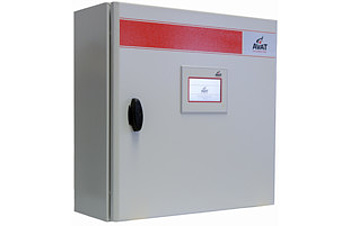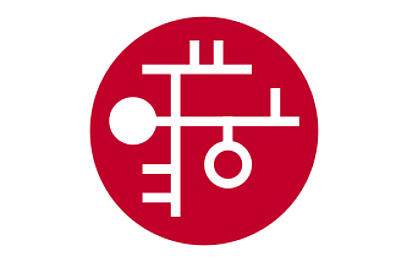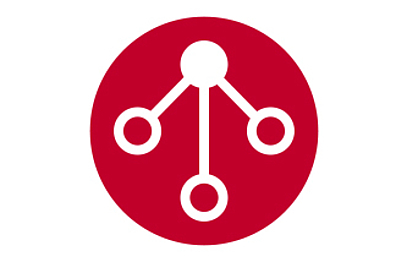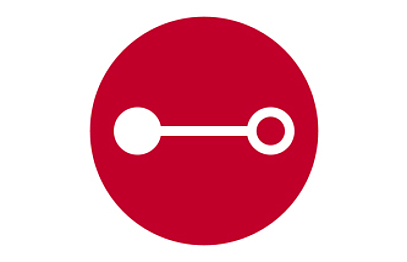Control of heat
transfer stations
It all starts with the consumer. And in his cellar, the local heat substation. There, our intelligent Local Heat Substation Controller SE²BASE ensures the delivery of exactly what is needed. It clearly visualizes the operational state and any error messages that occur, and also includes user-friendly operation via a color touch display.
The station structure can be flexibly configured in the Local Heat Substation Controller to support different station types. Among others things, the supported station elements include transfer station heat exchangers, heating circuits, the provisioning of hot water, and heating water buffer storage in multiple hydraulic circuits.
As a rule, basic configuration occurs during commissioning. The customer will then be granted access to the settings and to information relevant to him. Among other things, trend functions are available, such as the temperature curves from the previous day.
The local Heat Substation Controller can be operated independently at all times. The data interface for the control technology is available for integration into the overall system. This makes visualization of the condition of the system and remote support possible. These target values can then either be changed via the local display or alternatively via the control system.
Complete delivery
By default, the Local Heat Substation Controller comes with a touch display controller, sufficient analog and digital inputs and outputs, M-Bus interface, and the other standard components in a robust industrial design. As desired, with or without switch cabinet, in accordance with requirements.



